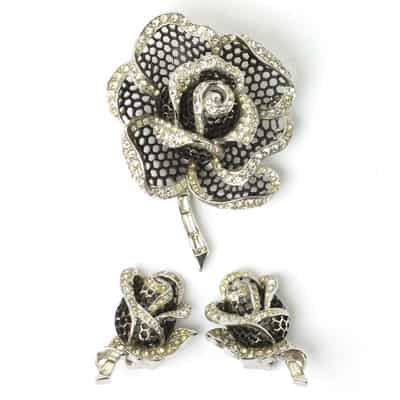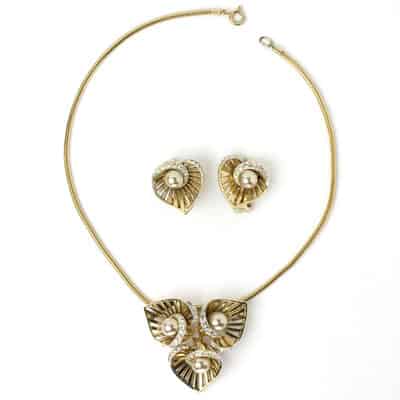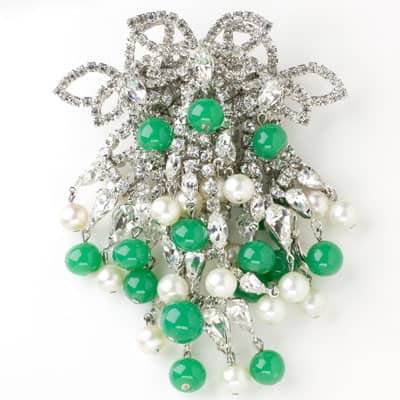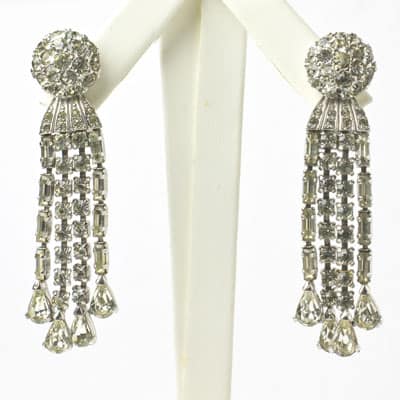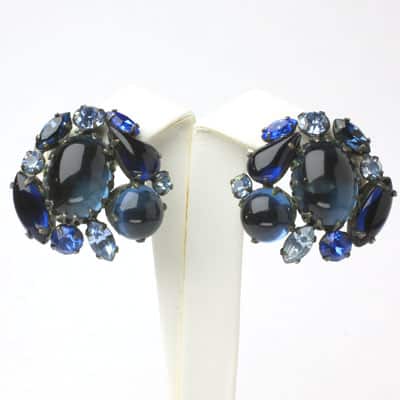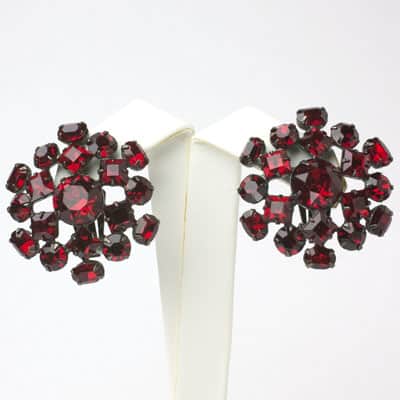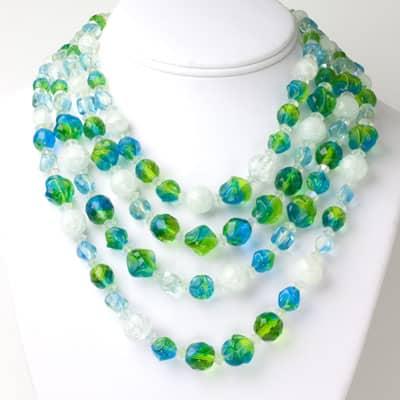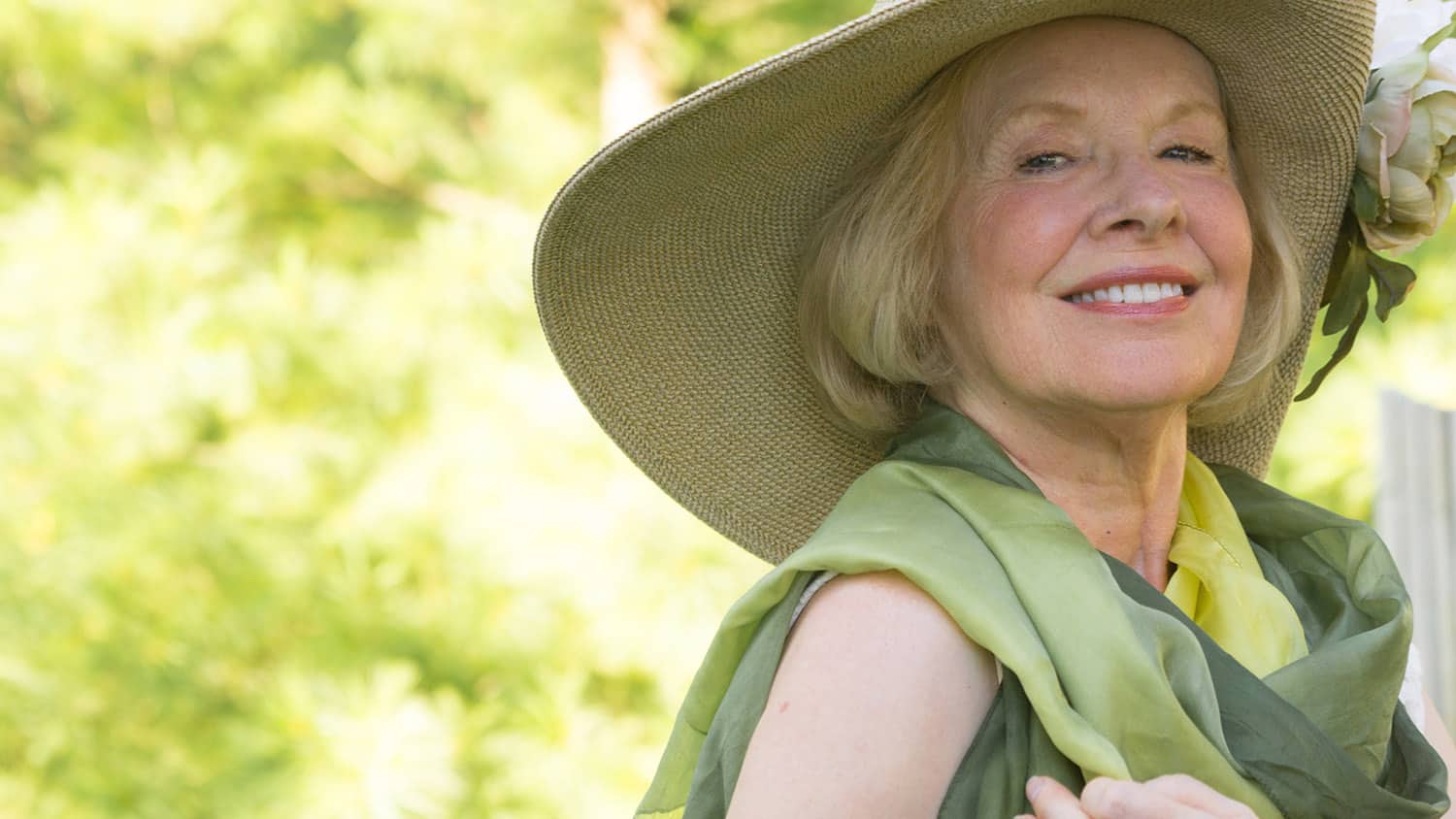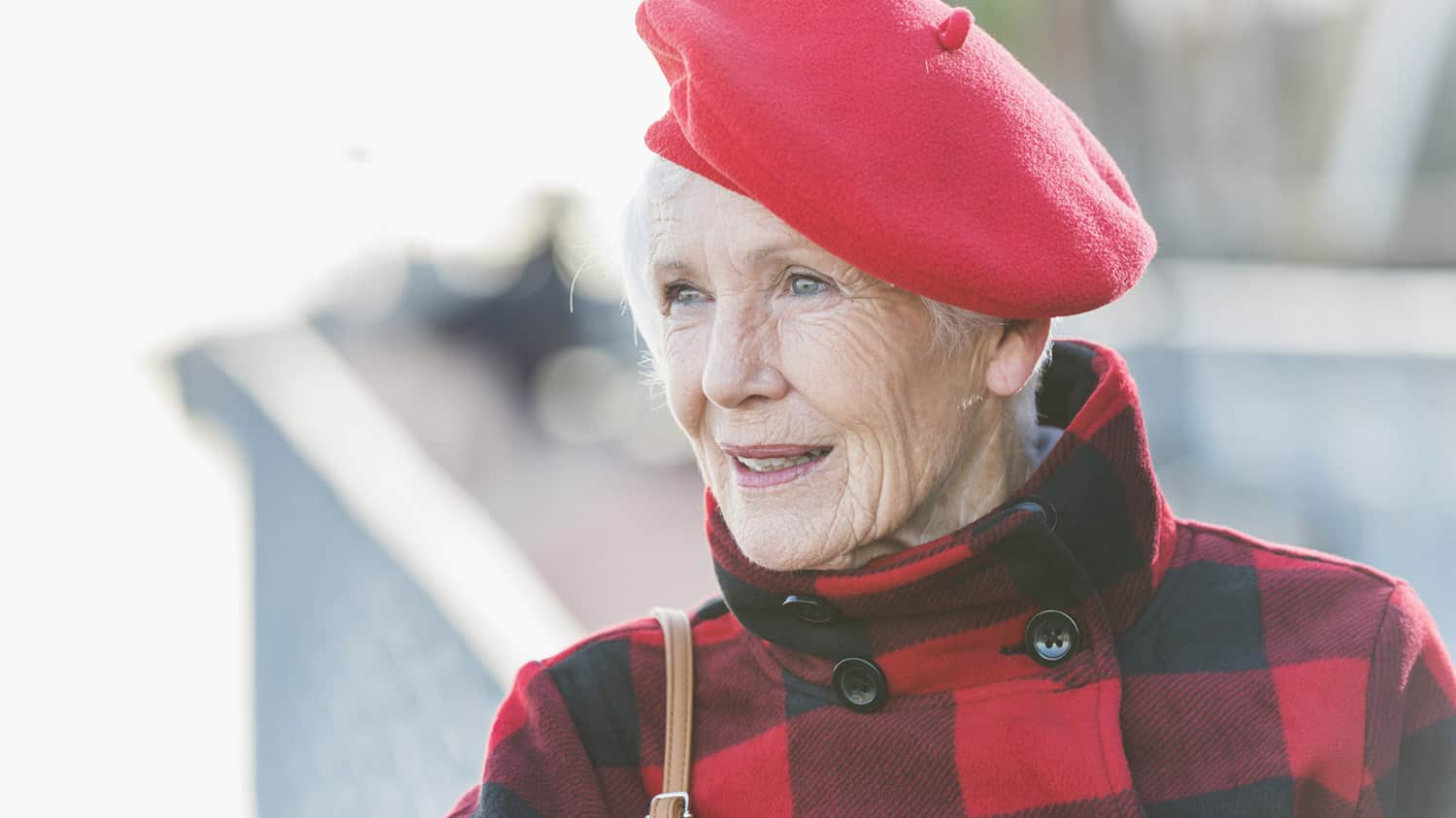
Can the 1950s Inspire Your Style After 50? You Bet!
When I was a child in the 1950s, I didn’t know anything about fashion. I didn’t notice what the women around me were wearing. And I certainly didn’t question what I saw on television or in the movies.
The fact that June Cleaver, the mom on Leave It to Beaver, and her fictional contemporaries were stay-at-home mothers who always wore a neatly-pressed shirtwaist dress with a strand of pearls didn’t make an impression on me.
As I look back on that decade now, I realize that mainstream TV shows and movies portrayed women as idyllic, suburban middle- to upper-class housewives who played bridge, supervised the household help, and attended and hosted cocktail parties designed to facilitate their husbands’ ascent on the corporate ladder.
The clothes these women wore in TV-land and real life spoke volumes about their role in society. To understand that role, we need to look at the context – the time and place in which they lived. Let me tell you this story.
Here are a few ways that the 1950s can inspire your style after 50.
1950s Fashion: The Time & Place
Fashion in the 1950s was a reaction to the austere, masculine style of women’s clothing during World War II. As the war dragged on, the female silhouette had become slimmer. By 1942, fabric shortages and other restrictions in the U.S. and Great Britain resulted in narrow and short-skirted day and evening wear.
The transformation of the wartime silhouette to the hour-glass actually began in 1946, although Christian Dior is credited with this major change with his 1947 collection. The press called it the “New Look.” Fashion once again emphasized luxury and the female figure.
The New Look featured rounded shoulders, pointed bosoms, nipped-in waists, and ankle-length, full skirts. Each ensemble was underpinned with corsets and accessorized with opera pumps, cocktail hats, gloves and umbrellas.
In the 1950s, women wore trim, closely-fitted two-piece suits with A-line or pencil skirts, sheaths with jackets, or skirts with cardigans or sweater sets for business, luncheons or shopping. Shirtwaist dresses and separates (skirts, trousers, sweaters and blouses) were appropriate casual attire.
Gowns with tight waists, full skirts and low necklines – including strapless, off-the-shoulder, and halter bodices – dominated evening wear. Accessories – hats, shoes, handbags and gloves – were carefully coordinated.
The Role of Jewelry in 1950s Fashion
Jewelry was as important an accessory as the matched shoes, handbag and gloves selected for an outfit. The parure – a set consisting of a matching necklace, bracelet, earrings, and brooch, or two or three of these pieces – was popular at this time.
Here are two examples of parures made in 1950 by Marcel Boucher, a French-born, American manufacturer. Both sets are graceful and classic in design. On the left is a flower brooch; the earrings are a variation of its shape. The set on the right features a brooch that can also be worn as a pendant, with earrings that repeat the motif.
These pieces are much more tailored and restrained than others produced in the 1950s. It was also the era of the “fabulous fakes” that were influenced by Marilyn Monroe’s “diamonds are a girl’s best friend” and Audrey Hepburn’s Breakfast at Tiffany’s jewels.
Big brooches that accentuated the bodice, drippy bib necklaces to fill décolletage, massive chokers and wide bracelets demonstrated Hollywood’s influence on style.
Here are two examples of fabulous fakes from the early 1950s. The four-inch brooch on the left, by Hattie Carnegie, features layers of cascading jade beads, faux pearls and diamanté. The 2 ½”-long “diamond” chandelier earrings on the right are by Pennino.
Some makers of that era designed costume jewelry that never tried to imitate precious jewels. Instead they used imaginative combinations of colors and stone shapes, cuts and sizes to create pieces that are still amazing today. Here are two pairs of ear clips by Schreiner, each with a cluster of colored glass stones, the dominant 50s style.
Pearls were still relied on to complete an outfit for business or a cocktail party, but colorful bead necklaces were also very popular in this decade.
Here are two examples. The Hattie Carnegie creation on the left uses bright bi-colored beads in a very 1950s color combination. The necklace on the right, which is much more restrained, is by Miriam Haskell.
Women’s Story
While the lavish, figure-flattering clothes introduced in the late-1940s were a welcomed change from wartime austerity, they were also a statement about post-war expectations regarding women. At war’s end, the millions who had taken on “men’s work” on farms, in defense plants, and in every type of business and industry had to give returning soldiers their jobs back.
Once again, a woman’s role was that of wife and mother. TV shows, movies, women’s magazines and all forms of advertising in the 1950s communicated the image of the ideal housewife.
How to Wear 1950s Jewelry Today
Thanks to very prolific and talented costume jewelry makers from that era, a broad range of colorful necklaces, bracelets, brooches and earrings have survived. Although we have many fashion silhouettes available to us, many styles of the 50s have remained classics: pencil skirts, A-line skirts, fitted jackets, cardigans, sweater sets, trousers, and sheaths.
Whatever your style, these jewels are as flattering to today’s fashions as they were to the distinctive look of that decade. You can see many 1950s jewels styled with contemporary fashions in the Styling Tips section of my blog.
Are you a fan of vintage jewelry? Do you have any special necklaces or earrings that you treasure? Do you have any special sets from the 1950s in your collection? Please share in the comments.





